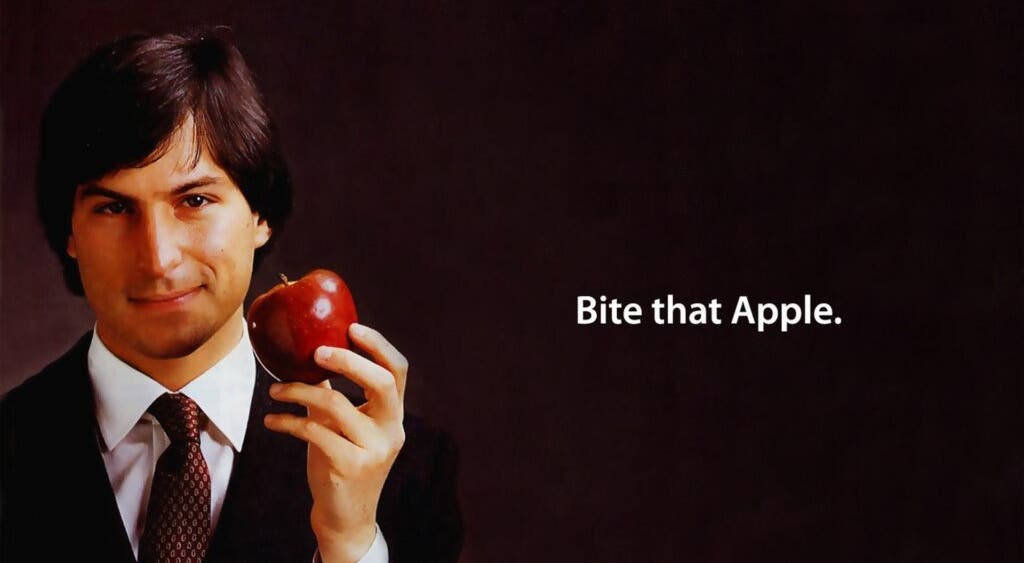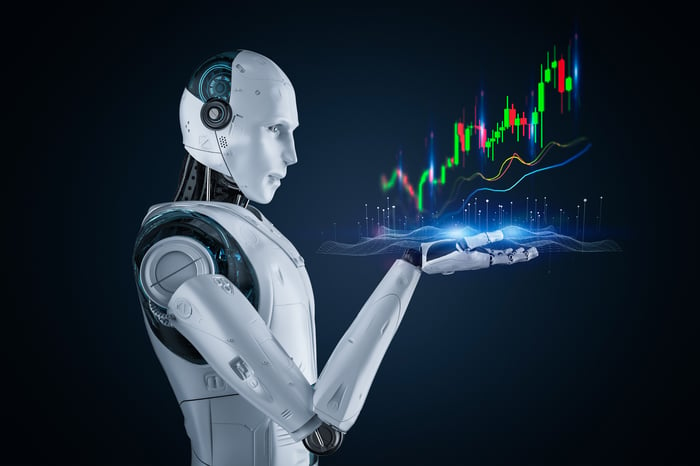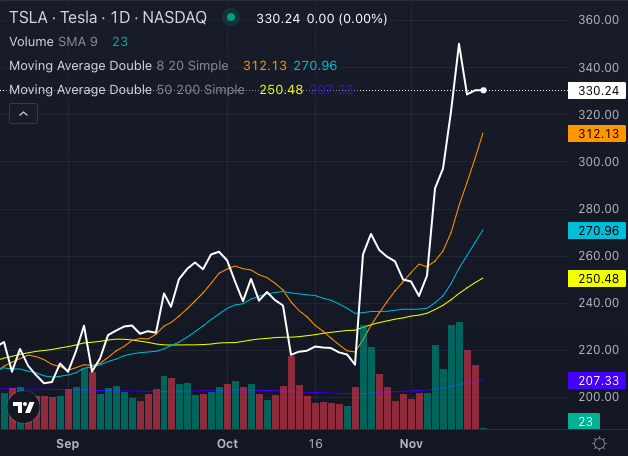
On this day 28 years ago, tech legend Steve Jobs returned to the company he had founded alongside Steve Wozniak in 1976 in his parents’ home in California. While Apple Inc. AAPL is currently the world’s second-largest company by market capitalization, it wasn’t always smooth sailing for the iPhone maker.
The tech giant opted to acquire NeXT toward the end of 1996, bringing Jobs back to the company a little over 11 years after he was unceremoniously ousted.
A Renaissance for Apple
Although Jobs didn’t immediately assume the role of Apple CEO, it marked his return to the company’s management for the first time since his departure in 1985 due to a fallout with John Sculley.
Jobs played a pivotal role in breathing a fresh lease of life into Apple, but in the 11-year exile, he built NeXT and Pixar, both of which proved to be masterstrokes.
Jobs was brought back as an advisor, and he recommended the company’s board to appoint Gil Amelio as the interim CEO before eventually taking over a few months later.
See Also: If You Invested $1000 In Apple When iTunes Was Launched 23 Years Ago Today, Here’s How Much You’d Have
Subsequently, Jobs would oversee a much-required streamlining of products and a life-saving partnership with rival Microsoft Corp. However, that is a story for another day.
Let’s look at how Apple stock has fared since Steve Jobs returned to the company 28 years ago.
Apple’s stock, adjusted for stock splits and other corporate actions, was $0.137277 on Feb. 4, 1997.
Its stock price today is $184.4, which is an increase of 134,227% during this period.
If you had invested $1,000 in Apple stock on Feb. 4, 1997, today, you would have $1,343,269.
Likewise, if you had invested $1,000 in an index fund replicating Nasdaq, you would have $11,038.
A similar $1,000 investment in an index fund that replicates the S&P 500 would be worth $6,140.
Revolutionary Leadership
Under Jobs’ leadership, Apple launched multiple industry and segment-defining products. Its crown jewel, the iPhone, was also a product of Jobs’ vision, especially at a time when clunky smartphones and communicators were the norm.
Some of the iconic products Apple launched under Jobs include the Apple I, Apple II, Macintosh, iPod and iTunes, MacBook, iPhone and iPad.
It wasn’t just the execution that made Jobs a legendary leader. His visionary approach is well known, and serves as an inspiration more than a decade since his passing.
“You can’t connect the dots looking forward; you can only connect them looking backwards. So, you have to trust that the dots will somehow connect in your future,” he once said.
Pushing Boundaries Beyond the Horizon
While the idea was partially conceived while Jobs was still helming the company, Apple Vision Pro is perhaps the most ambitious launch from Cupertino since Jobs’ passing.
Although the Vision Pro’s $3500 price tag has been termed hefty by some, Apple has gone all-in on the mixed reality headset.
Tim Cook, then the right-hand man of Jobs and now the CEO, thinks the Vision Pro’s technology is “mind-blowing.”
“We live in a 3D world, but the content that we enjoy is flat,” he said.
Apple Vision Pro is off to an “impressive” start according to analyst Ming-Chi Kuo, while Wedbush’s Dan Ives is optimistic that Apple could sell 600,000 units by the end of 2024.
Apple has already managed to sell between 160,000 to 180,000 Vision Pro units, but it remains to be seen if it surpasses analyst expectations by the end of the year.
Check out more of Benzinga’s Consumer Tech coverage by following this link.
Read Next: If You Invested $1000 In Apple When The iPad Was Launched 14 Years Ago, Here’s How Much You’d Have Today
Photo courtesy: Anthony Sigalas on Flickr



